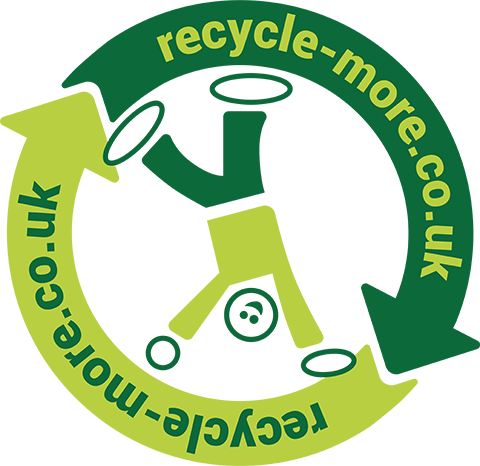
Paper Cups - Recycling Process
Paper Cups – the recycling process
There is a common misconception that paper cups cannot be recycled in the UK, due to the fact
they contain polyethylene plastic.
Many retailers provide cups made from
95% sustainably sourced virgin fibre paper with a 5%
polyethylene plastic lining and currently, because of
the lining, many waste collectors and Local Authorities
do not accept paper cups in mixed recycling streams.
However, the Scheme has identified that
these paper cups can be recycled as the following four
UK recycling facilities accept them: James Cropper, D S
Smith, ACE UK and Essity.
These recycling facilities, which are
part of the Scheme, are standard paper mills that have
developed a slightly different process for recycling
paper cups to other paper products. They have capacity
to process all disposable cups that are consumed in the
UK each year and provide a fantastic opportunity to
invest in the collection infrastructure and consumer
awareness to really increase the recycling of disposable
cups.
The Challenge - Collecting paper cups
The main challenge is cup collection, as they must be collected as a separate waste stream so that they can be recycled.
The Scheme aims to grow UK paper cup recycling infrastructure by helping to roll out cup recycling projects in closed environments, such as shopping centres, airports and train stations.
Although encouraging consumers to swap paper cups for reusable cups is still favourable, this is not without its own drawbacks. Consumers tend to buy a hot or cold drink on a whim while out and about, meaning they are often not prepared. Forgetting reusable cups is frustratingly familiar to even the most prepared eco-warriors. Not only is there the vexation of ordering a drink to then realise a reusable cup isn’t to hand, but there is also the inconvenience of carrying a reusable cup around, especially as once used it will contain drink residue and will need to be cleaned.
There is no denying that paper cups are convenient. They provide consumers with the ease of treating themselves to a warm tea, coffee or hot chocolate on a cold day at the shops or a refreshing ice-cold drink to enjoy on a summer’s day at the park, as well as provide a hygienic way for retailers to serve drinks.
Interestingly, paper cups have a lower carbon footprint than both ceramic and reusable cups. Last year, Huhtamaki co-commissioned a life cycle analysis study, which suggested that ceramic cups need to be used at least 350 times and reusable cups made of steel need to be used 130 times if they are to have a lower carbon footprint than paper cups. The Scheme therefore acknowledges that, although a consumer switch to reusable cups may often be the preferred option, there is a need for a paper cup collection and recycling system.
Consumers – how to recycle paper cups
You can make sure your paper cups are recycled by taking them to paper cup recycling points. Many drink retailers have cup recycling points in store and you can find your nearest by entering your postcode.
When visiting stores that offer cup recycling facilities, you may see bins like the ones below. These have three separate tubes: one for paper cups, one for lids and one for liquids. Sometimes you may be required to hand your cup back to the barista.
Turning Recycled paper cups into new products
Paper from disposable cups can be reprocessed up to seven times and turned into new products including paper bags, greetings cards and notebooks, such as these ones made by Coffee Notes.





